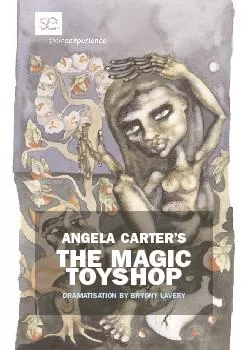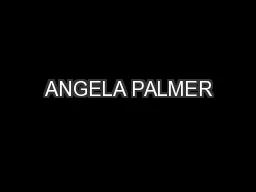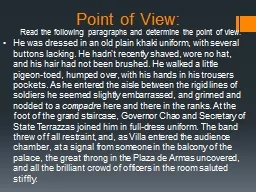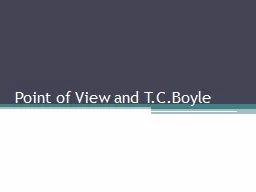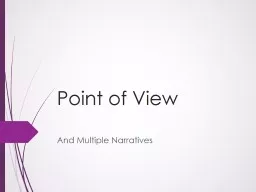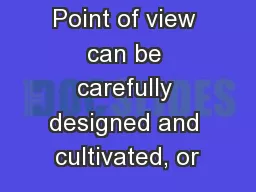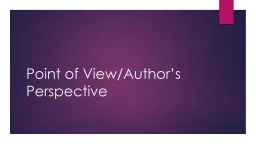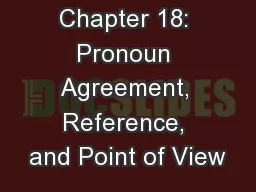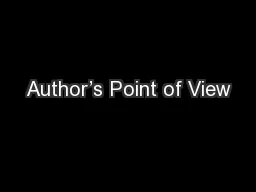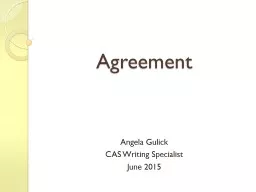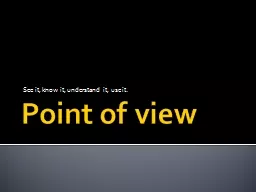PPT-Point of View Angela Gulick
Author : pasty-toler | Published Date : 2018-02-16
CAS Writing Specialist June 2015 Point of View Point of view refers to the relationship among the text the writer and the reader There are three different points
Presentation Embed Code
Download Presentation
Download Presentation The PPT/PDF document "Point of View Angela Gulick" is the property of its rightful owner. Permission is granted to download and print the materials on this website for personal, non-commercial use only, and to display it on your personal computer provided you do not modify the materials and that you retain all copyright notices contained in the materials. By downloading content from our website, you accept the terms of this agreement.
Point of View Angela Gulick: Transcript
Download Rules Of Document
"Point of View Angela Gulick"The content belongs to its owner. You may download and print it for personal use, without modification, and keep all copyright notices. By downloading, you agree to these terms.
Related Documents


